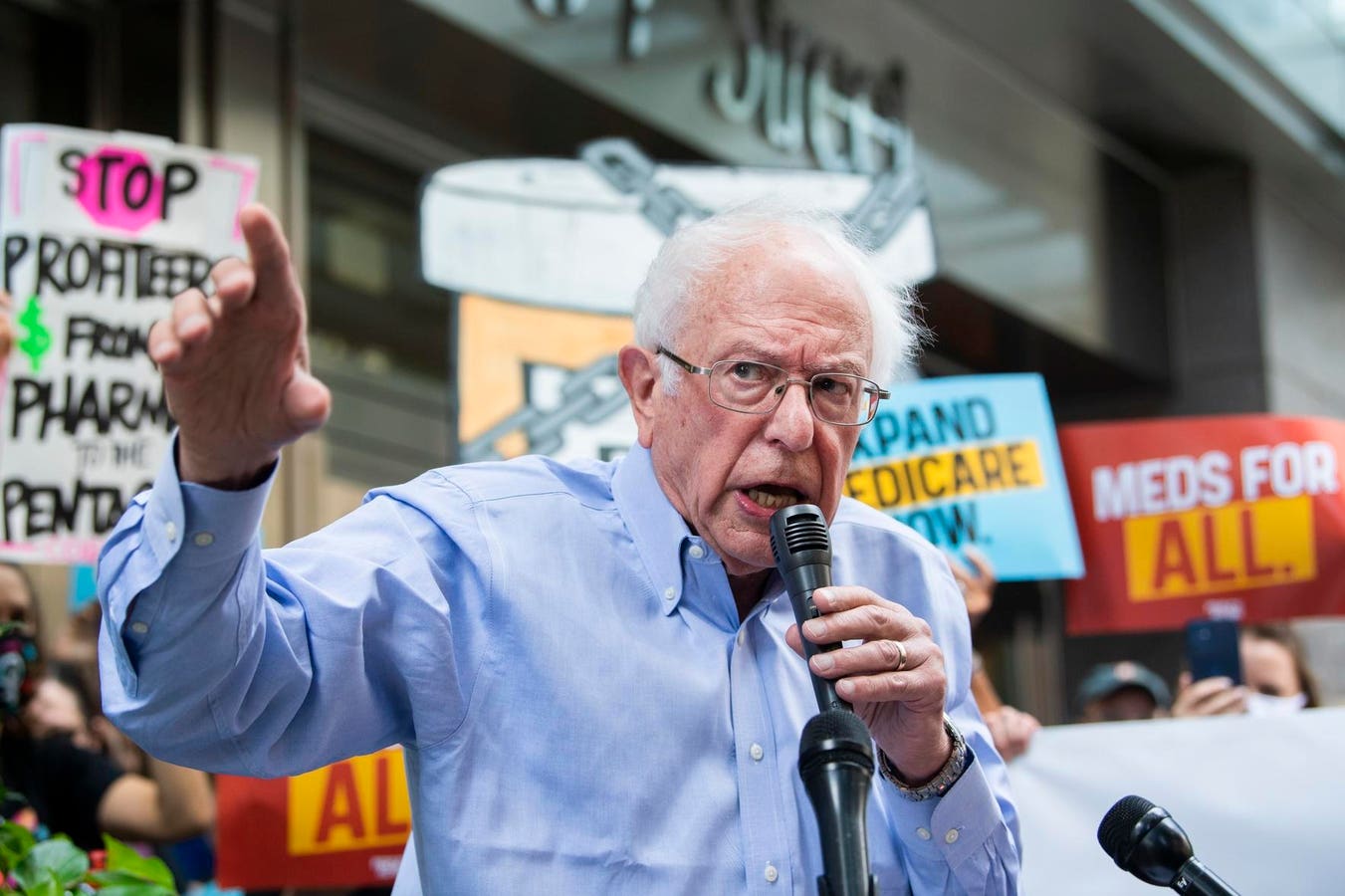Soaring drug prices in America have left many Americans unable to pay for medications and treatments that could otherwise improve their health and well-being. 58 million Americans experience medication insecurity, or the inability to pay for a medication in the last 12 months, according to a Gallup report published by Senator Chuck Grassley.
“How many die as a result of that? How many suffer unnecessarily? Nobody knows. But my guess, it is in the millions,” said Senator Bernie Sanders at a recent hearing on the topic of high drug costs, according to reports from Medpage Today.
Drug prices in America remain significantly higher than any other wealthy country. In 2018, drug prices were nearly double those in Britain and France even after accounting for discounts American consumers use, according to research from the RAND Corporation.
As an example, consider insulin, a drug that helps lower blood sugar levels in diabetics. A vial of insulin costs on average about $99 in the United States, which is 4.7 times more expensive than the same vial of insulin in the second most expensive country Chile, which prices it at nearly $21 according to reports from RAND Corporation.
A more dramatic example would be the pricing of the oral pill that can cure Hepatitis C. The list price for a monthly supply is over $13,000 in America, but less than $200 in Ethiopia, according to the International Journal of Health Policy and Management.
So why are medications astronomically higher in America than essentially every other country on the globe?
The answer is not straightforward and there a multitude of factors that contribute to high drug costs in America. A major reason lies around the lack of government regulation on pharmaceutical costs. In many countries, the federal government regulates and negotiates the final price of a drug with drug makers. In the United States, with very few exceptions, drug companies can set their own prices on different drugs based on market demand. Pharmaceutical companies argue prices need to be high to drive innovation and fund research necessary to develop cures and cutting-edge therapies for an array of diseases. The average cost to bring a drug through clinical trials is $2 billion, according to a statement published in MedPage Today.
Patents also provide further barriers to decreasing drug costs. Patents are issued to drug companies that ultimately provide temporary monopolies whereby competitors that would price the drug at a lower cost cannot enter the market. As an example, the cancer drug Keytruda which costs $191,000 in America has 168 patents according to reports in MedPage Today, and this has prevented many similar generic drugs that could have been much cheaper from coming into the market.
Although high drug prices may be necessary to drive research and innovation, Senator Sanders points out the greed in big pharma. In the recent hearing on high drug costs, he explained that Bristol Meyers Squibb spent $3.2 billion more on stock buybacks and dividends than research, and Johnson & Johnson spent $46 billion more on stock buybacks and dividends than research since 2012.
There is no doubt that drug discovery and innovation has changed the course of many diseases. Antiretroviral therapy, for example, has changed the course of those with HIV from essentially a death sentence to living a normal lifespan while taking daily medications. There is also no doubt that the astronomically high prices of drugs in America has barred millions of Americans from receiving therapies that could change the trajectories of their lives.
58 million Americans not able to afford medications they need should never be acceptable. Policymakers, healthcare personnel, government officials and pharmaceutical companies must come to the table together to implement price regulations, improve transparency on drug pricing and reform the patent system so cheaper drugs can be available for more Americans.
There is some good news. President Biden recently announced interventions that will help reduce the cost of prescription drugs for many Americans. This includes capping the price of insulin at $35 per product per month for seniors as well as the ability of Medicare to negotiate the cost of at least 10 prescription drugs with drug makers. It remains to be seen if more drugs can be negotiated with drug makers and if capping of drug prices will apply to the non-elderly population.
As Martin Luther King once said, “Of all the forms of inequality, injustice in health care is the most shocking and inhumane.”
Read the full article here





